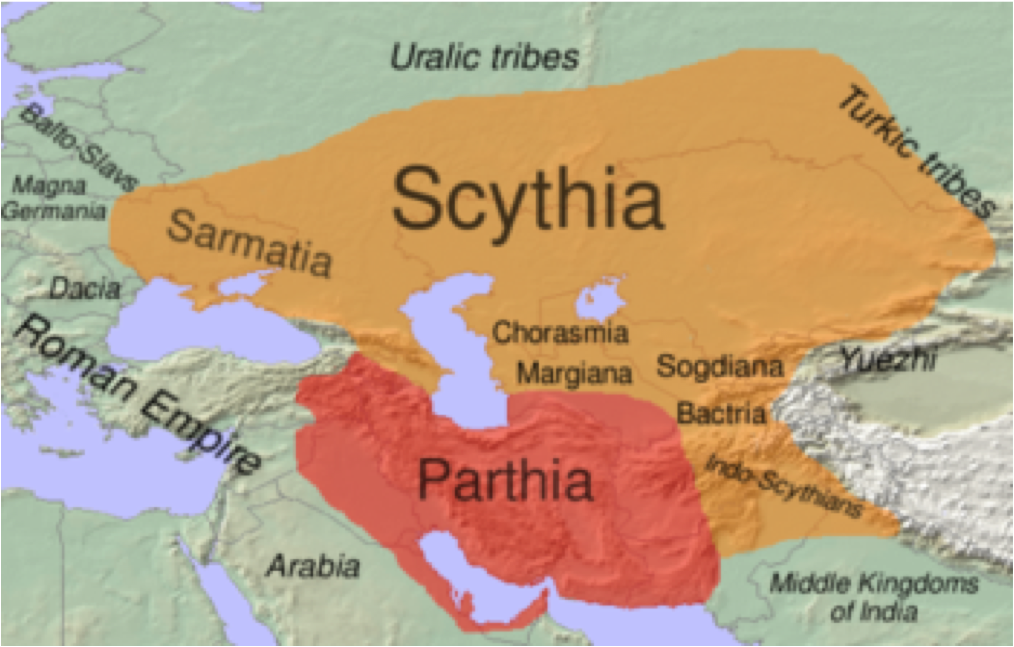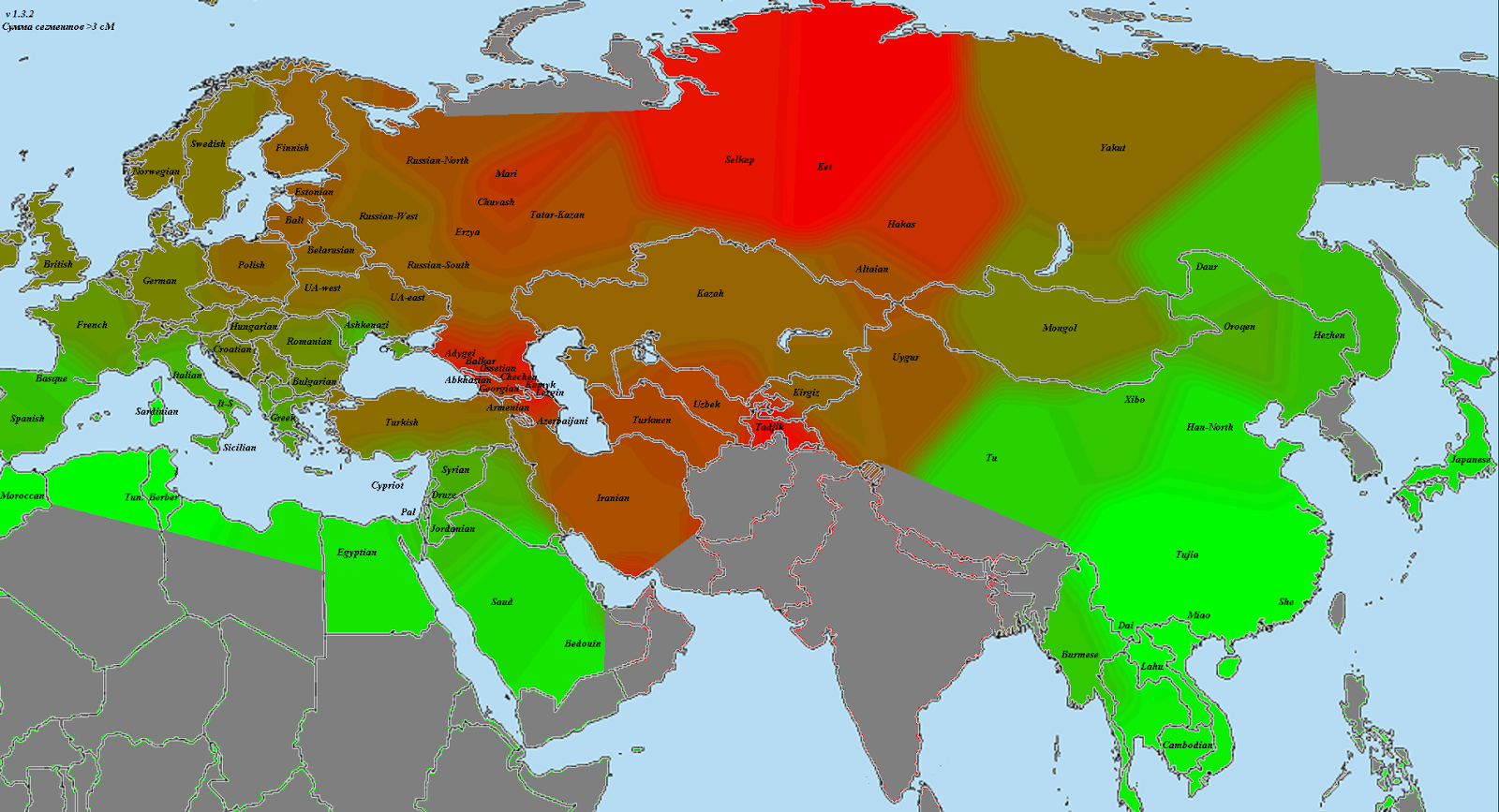I don't know, I'd say that during many events in history the vast majority of the people in fat switched their languages quite easily, and only increasingly smaller and scattered pockets resisted until the final extinction... And I'm also really skeptical of this hypothesis (certainly not uncontroversial) that there is necessarily a simplification of morphology and syntax right after the adoption of a language by many originally different peoples, becoming the lingua franca and a bit later the native language of a wide area and large population.
It seems to me to rely too much on what happened in Western Europe and a few other cases, too, but that is certainly not a general trend and maybe the chronological correlation isn't that strong between the assimilation of foreign peoples and the simplification of the language. For instance, the period of really massive adoption of English by foreigners wasn't after the Norman conquest, but before with the assimilation of the Celts and a bit later of the Norse, yet Old English still had a very complex grammar.
Norse, by the way, is an interesting example of an opposite evidence: it went through the same intense simplification of syntax and morphology as English, but it developed organically among people who mostly already spoke a North Germanic language since many generations earlier, not assimilating huge foreign populations.
Another example that demonstrates that this hypothesis of "foreign people adopting the language > they don't speak it properly > the language gets simplified" is a bit too simplistic is that the bulk of the loss of morphological and syntactic complexities in Latin happened mainly after the 4th century and especially after the 6th century AD, when by that time the vast majority of the people had been Romanized for several generations, even centuries, and only small pockets of other languages resisted (yes, including the example you have about the Gaulish language in the 5th century AD, when it was clearly a fringe rural language). The really intense simplification of the grammar, even in Vulgar Latin, seems to have happened when Latin had already stood the test centuries earlier, but then internal processes, like phonological changes that levelled out some previous distinctions in declensions, caused the whole system to crumble.
Besides, people who already speak languages with complex morphology and syntax wouldn't find anything very "alien" in a complex system like that of PIE or, later, Sanskrit or Latin, and eventual simplification could've been, as many linguists assert, simply an internal, systemic evolution that, still according to them, happens in the very long term in most languages forming a pendulum ranging from more analyctical to more syntactic or even agglutatinative.
For example, we can see that Magyar, which is still extremely complex in grammar, was successfully imposed onto the local population by a small elite minority that soon left few genetic and even cultural impacts. Another example is the expansion of Russian in North Asia, Turkish in Anatolia (Turkish is in fact more conservative - and complex - than some other Turkic languages still located in/near the steppes), Vedic Sanskrit in India (only much later in some old Prakrits the morphology and syntax would start to simplify a lot), etc.
But just to finish this post let me just state that that whole hypothesis about "mixed" origins of PIE does not refer to the period of Late PIE when it began to expand, so I'm not assuming that those who spread PIE didn't form a "strong linguistic identity". They certainly did, but we can't say the same about their ancestors when the earliest forms of PIE appeared.
That hypothesis is actually about the origins of the early PIE, or maybe even its direct ancestor, in order to account for the seeming typological and lexical connections of PIE with some Caucasian language families, mainly Northwestern Caucasian and Kartvelian. "Mixed" wouldn't be the most technical term, for I think the assumption was that a Caucasian (or maybe Iranian?) language was imposed onto a local North Eurasian population, with its native language becoming a relevant substrate in the vocabulary and maybe also grammar. The core structure of the language of course wouldn't "mix", unless PIE were a creole, but it definitely has no characteristics of a true creole.
But all that process would've happened thousands of years BEFORE the PIE expansion, in the very beginning, so there was more than enough time for growing complexity and innovations in PIE - and in fact if you consider the Anatolian IE branch "archaic", that is, more conservative and not full of simplifying innovations, it does seem like the language of Indo-Europeans became increasingly complex and inflected along the time, because Anatolian IE lacks the later masculine/feminine genders and especially it lacks the much more complicated and sophisticated system of verbal tenses and aspects of non-Anatolian Late PIE.





